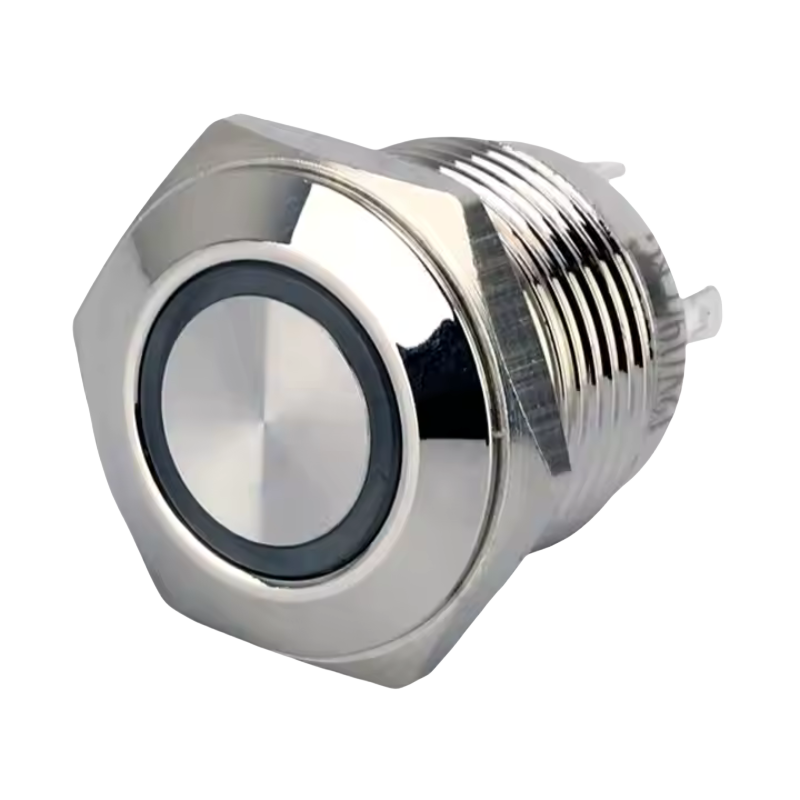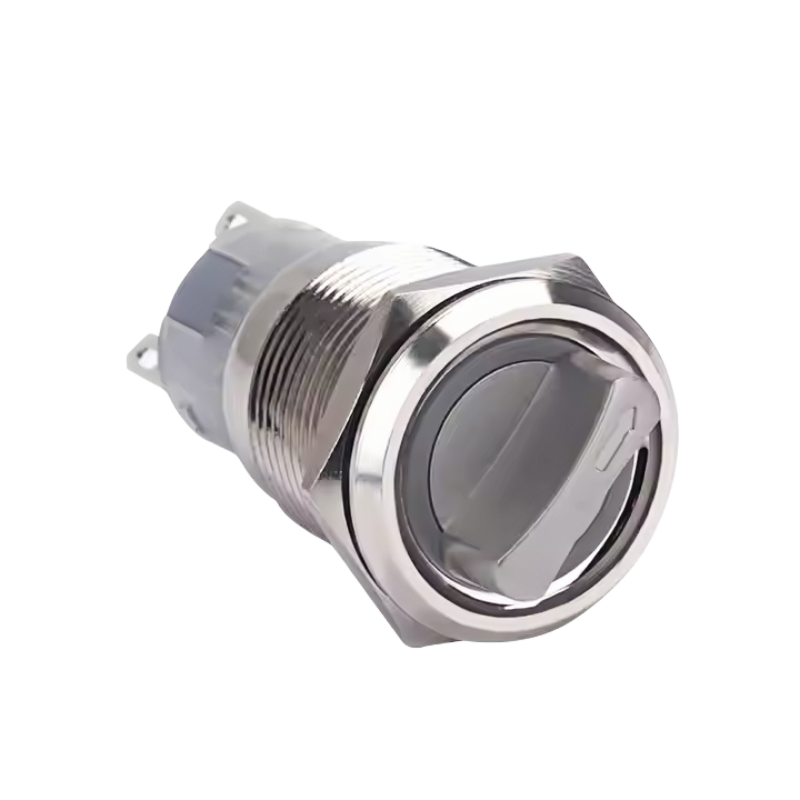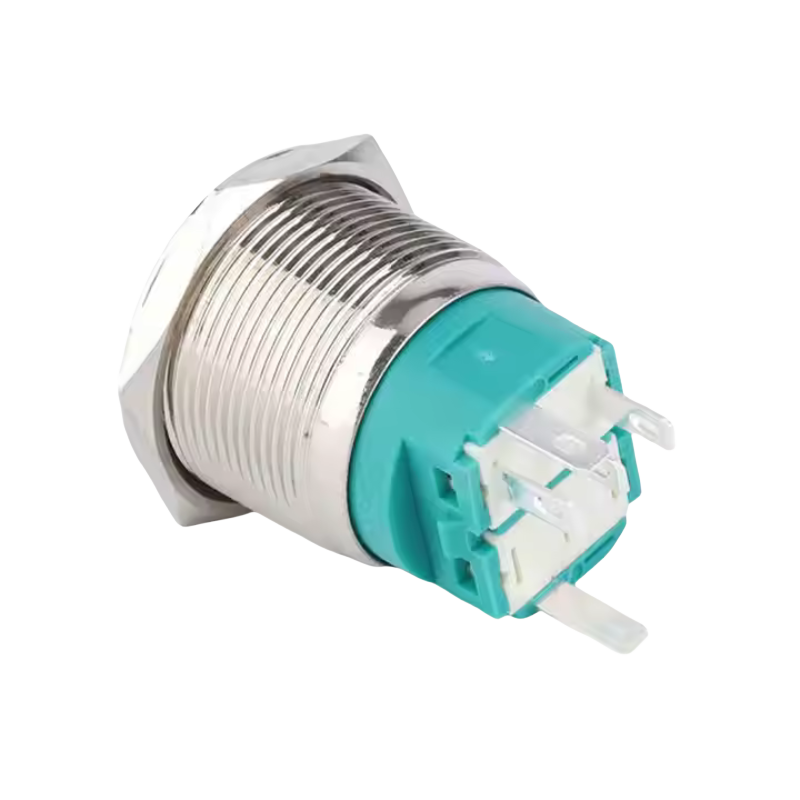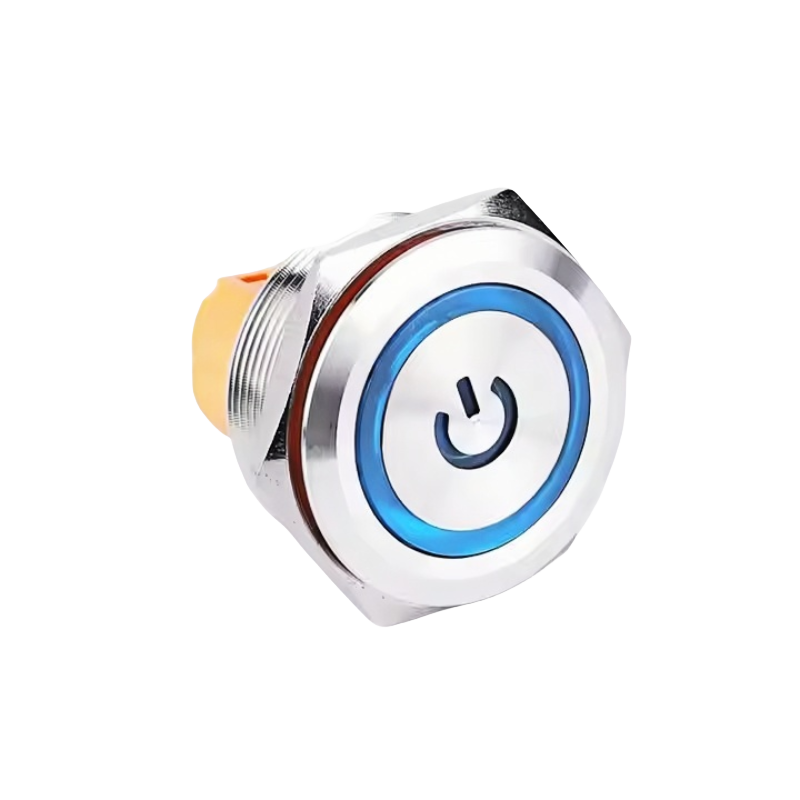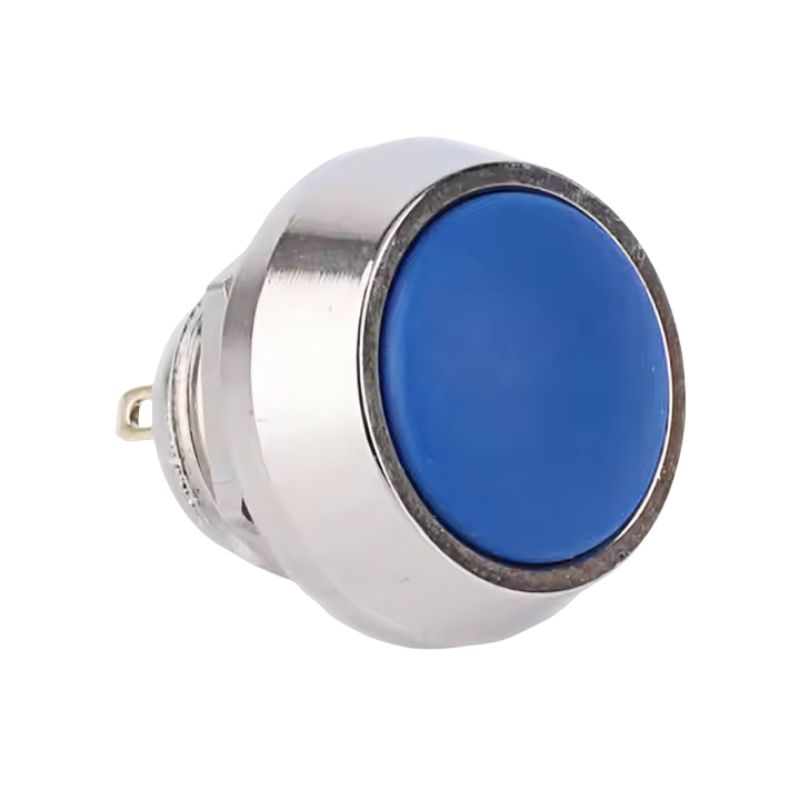The evolution of metal push button switches is accelerating beyond industrial applications into realms once dominated by electronics. From smart home ecosystems to quantum computing labs, these mechanical interfaces are experiencing a renaissance powered by material science breakthroughs.
The Haptics Revolution
Modern switches now deliver programmable tactile signatures. Using shape-memory alloy (SMA) actuators, engineers create dynamic feedback profiles. A NiTiNol wire contracts when heated by micro-pulses, generating 3N force with 0.1mm precision. This allows a single switch to emulate:
The crisp 1.7mm travel of elevator controls
The muted 0.5mm click of surgical consoles
The progressive resistance of automotive gear selectors
Capacitive hybrids take this further. A stainless steel cap acts as both mechanical actuator and touch sensor. When depressed, it completes a circuit; when merely touched, it triggers proximity functions via <5pF capacitance shifts. BMW’s iDrive system uses this for dual-stage control: Light touch scrolls menus, full press confirms selections.
Extreme Environment Champions
In the Atacama Desert’s lithium mines, switches face abrasive dust with Mohs 7 hardness – equivalent to quartz particles. Standard seals fail within weeks. The solution? Laser-sintered Inconel 718 bodies with diamond-like carbon (DLC) coatings. These withstand 200μm particle impacts at 80m/s while maintaining NEMA 4X integrity.
Meanwhile, cryogenic research demands switches operational at -269°C. Conventional lubricants solidify, and metals embrittle. NASA-developed variants use molybdenum disulfide dry films and austenitic steel springs that retain elasticity near absolute zero. These enable reliable control of superconducting magnets in fusion reactors like ITER.
Smart Switch Intelligence
Embedded diagnostics transform maintenance paradigms. Strain gauge arrays bonded to actuator shafts detect:
Overforce events (>10N) indicating jammed machinery
Actuation delays >2ms signaling lubrication failure
Asymmetric loading revealing misalignment
Data transmits via Bluetooth 5.2 mesh networks to predictive maintenance systems. In Porsche assembly lines, this has reduced switch-related downtime by 78%.
The Green Manufacturing Shift
New additive manufacturing techniques reduce material waste from 85% (traditional machining) to <3%. Selective laser melting builds switches layer-by-layer from atomized alloy powders, creating internal cooling channels impossible with casting. The resulting topology-optimized structures achieve 200% higher impact resistance with 40% less material.
Sustainable metallurgy progresses too. Bacterial bioleaching now extracts switch-grade copper from e-waste with 98% purity, consuming 90% less energy than smelting. Swedish manufacturer APEM leads this shift, producing carbon-neutral switches validated by ISO 14067 certification.

